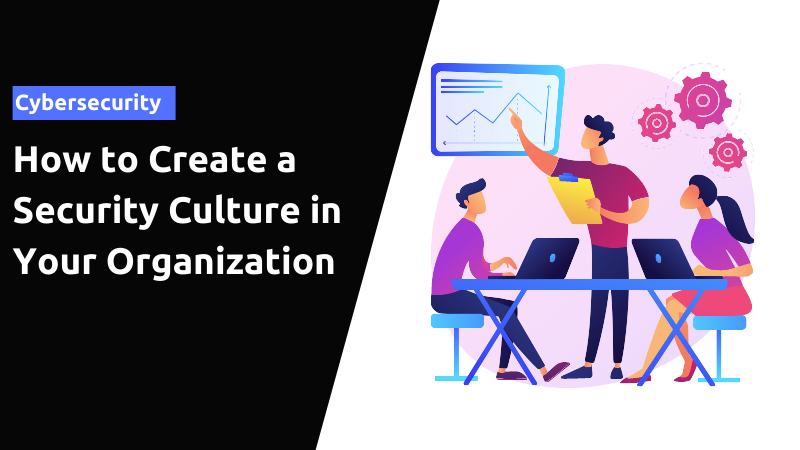Implementing a working culture of cyber security is difficult. A strong cybersecurity culture requires organizations to meet security and compliance regulations, educate employees, and develop an effective strategy. All of which can be complex, resource consuming, and time consuming. Meanwhile, your firm and its employees must collaborate and share information at maximum efficiency throughout the process. It’s apparent that you need a simple intuitive system that can be rolled out easily and seamlessly. Without it, establishing a firm-wide system of cyber security becomes a long-term goal that requires weeks, if not months, of planning.
As a result, some businesses, particularly small to medium businesses (SMBs), de-prioritize the implementation of a security system altogether. On the surface it may not seem like an issue, however, the consequences of not offering proper protection over your firm and your clients’ data exposes you to cyber threats that could affect the organizations structural integrity.
This article will provide helpful strategies and tips to benefit and improve the security and workflow necessary to build a cybersecurity culture in your organization.
What is Cybersecurity Culture?
Much like a firm’s organizational culture which revolves around the values, practices, and expectations of employee behaviour within the team; cybersecurity culture revolves around those same principles with respect to cybersecurity. The security culture framework (SCF), coined by Kai Roer, is a globally used methodology for creating a company culture for security, building awareness, and best practices. The SCF indicates four key building blocks that organizations can implement to decrease cyber risks. 
Security Culture Framework (SCF)
1. Define Metrics
The first building block in developing a cybersecurity culture is to understand the metrics. Organizations should define baselines for success, set goals, and measure progress. Developing a baseline will allow your organization to analyze the strengths and weaknesses of current cybersecurity tools and practices. Once analyzed, goals can be established and measured.
2. Involve Your Organization
Arguably, an organization’s team members are the most important aspect of creating a cybersecurity culture. The motivations, awareness, and ability to learn by employees are what allow security practices to work. Rather than place an emphasis on the IT department to comply with security standards, organizations should instill the concept that security belongs to everyone. Organizations should create a security team, develop a security awareness training program to educate employees, and establish policies, standards, and procedures to follow.
3. Determine Topics
The topics, or areas, where employees need the most education, awareness, and training should be addressed. In most organizations, employees in non-technical roles are not well educated on security standards, policies, and practices. With the security culture framework, employees should be trained on various topics where cybersecurity is important to the organization. These include: how to spot phishing attacks, how to protect data privacy, compliance regulations, and securing devices. By education employees on important topics related to cybersecurity, they will have the necessary tools and information to develop good security practices.
4. Review Your Planner
The final step in creating a cybersecurity culture framework in your organization is to create a planner. The purpose of a planner is to create an overview of the organization, metrics, and topics to compare with the final results. Reviewing the original goals set by the organization allows insights into the successes and areas for improvement in your cybersecurity practices.
Luckily, developing a cybersecurity culture is an ongoing process and can be improved with revisions and improved strategy overtime.
Additional Cybersecurity Tips
- Embrace organizational security top-down: Actively implement and stress the importance of security policies, starting with executives and managers (people within the company with the most influence).
 Establish cyber security policies, standards, and procedures: Set performance metrics, standards, and goals. Measure progress and track the effectiveness of your policies against cyber threats frequently. Make sure your guidelines are clear and consistently followed throughout the firm.
Establish cyber security policies, standards, and procedures: Set performance metrics, standards, and goals. Measure progress and track the effectiveness of your policies against cyber threats frequently. Make sure your guidelines are clear and consistently followed throughout the firm.- Focus on security basics: Create strong and complex passwords, regularly update software, and enable a two-factor authentication security system for all employees.
- View security as an enabler: Allow employees to ask for clarification and further training, and learn from mistakes rather than be reprimanded.
Conclusion
Very few organizations emphasis the importance of security culture, which can result in uneducated decision making, compromised systems and cyber breaches. Developing a cybersecurity culture is an ongoing process and requires all levels of an organization’s participation.
By implementing proper cybersecurity practices into your workplace, not only will a culture of security formulate over time, but, your organization will be better protected against cyberthreats.
